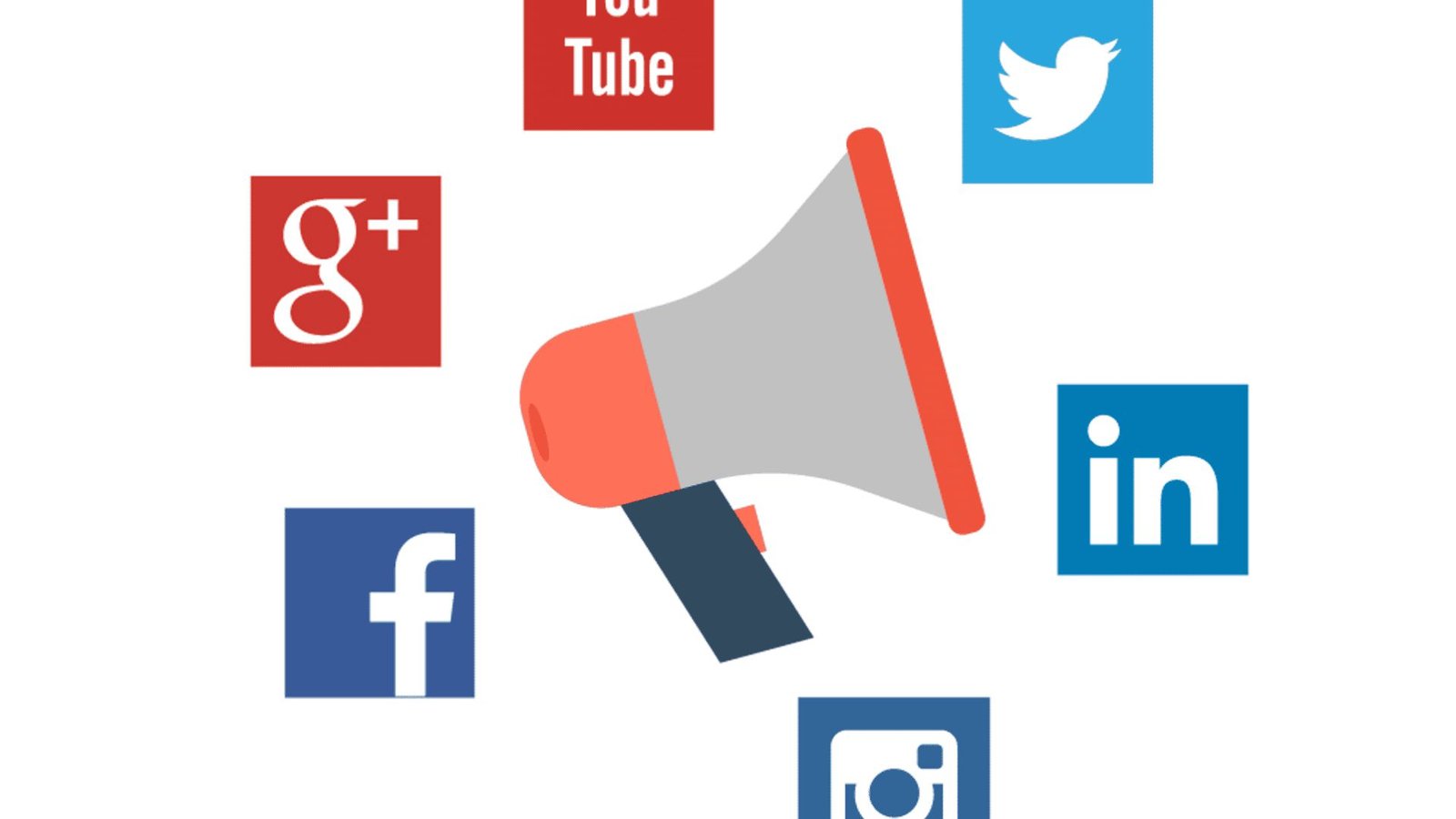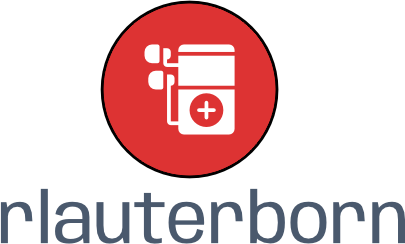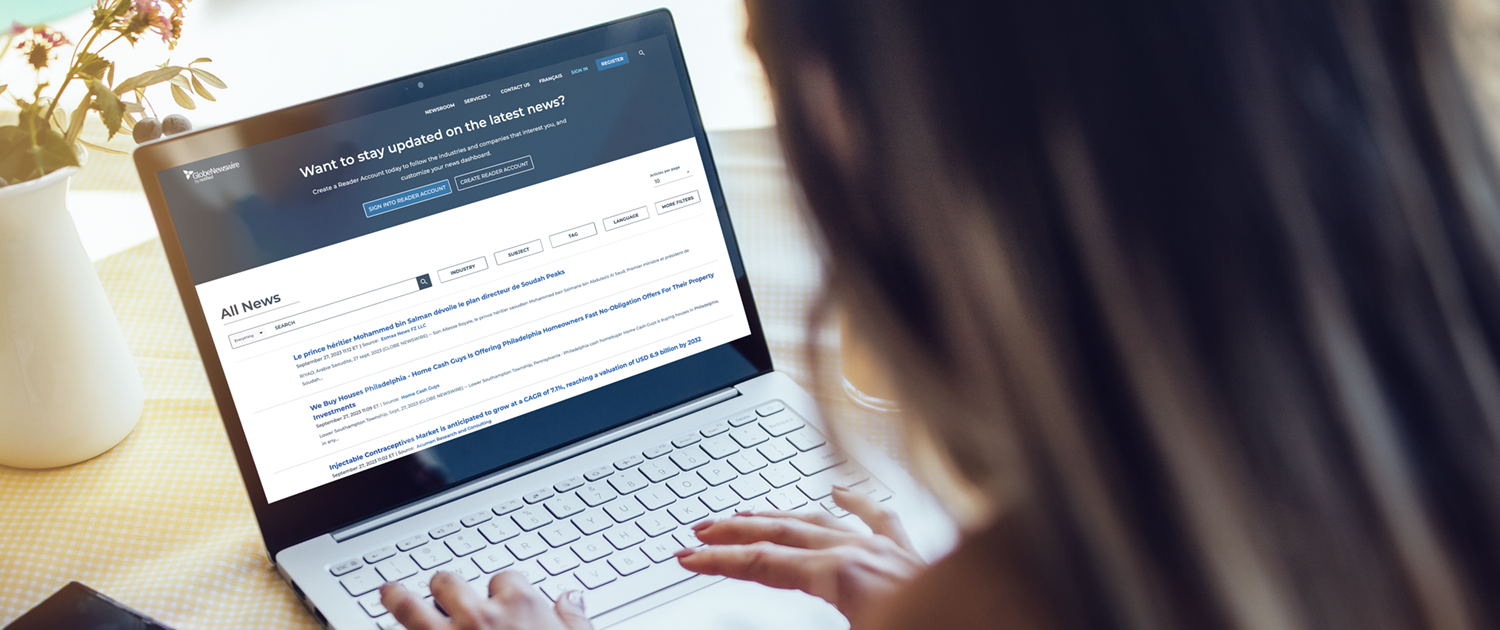Social media has transformed the landscape of public relations (PR), offering new opportunities for brands to connect with their audience, share their message, and build a positive reputation. Leveraging social media effectively can enhance your PR efforts, making them more dynamic, immediate, and engaging. Here’s a comprehensive guide on how to use social media for PR success.

Understand the Role of Social Media in PR
Direct Communication Channel: Social media allows brands to communicate directly with their audience without intermediaries. This direct line of communication is invaluable for sharing news, updates, and engaging in real-time conversations.
Real-Time Engagement: Social media enables brands to engage with their audience instantly, making it a powerful tool for managing PR crises, launching campaigns, and responding to public sentiment as it happens.
Amplifying Your Message: With billions of users across platforms, social media offers an unparalleled reach. When your content resonates with users, they can amplify your message by sharing it with their networks, exponentially increasing its visibility.
Building and Maintaining Reputation: Social media is a key battleground for reputation management. By consistently sharing positive content, responding to feedback, and managing crises effectively, brands can build and maintain a strong reputation.
Choose the Right Platforms
Identify Your Audience: Different social media platforms attract different demographics. Understanding where your target audience spends their time online is crucial for selecting the right platforms for your PR efforts.
- Facebook: Ideal for reaching a broad audience with diverse interests. Useful for community building and sharing detailed content.
- Twitter: Great for real-time updates, news sharing, and engaging in trending conversations.
- Instagram: Best for visual storytelling, brand image, and reaching younger audiences.
- LinkedIn: Perfect for B2B communication, professional networking, and sharing industry insights.
- TikTok: Useful for reaching a younger demographic with creative, short-form video content.
Platform-Specific Strategies: Tailor your PR strategies to each platform’s strengths. For example, use Twitter for quick updates and crisis management, Instagram for brand storytelling, and LinkedIn for thought leadership.
Develop a Strong Content Strategy
Content Types: Create a mix of content types to keep your audience engaged. This can include:
- News Updates: Announcements, product launches, or company milestones.
- Behind-the-Scenes: Content that humanizes your brand by showing the people and processes behind it.
- User-Generated Content (UGC): Encourage your audience to share their experiences with your brand, and highlight their posts on your channels.
- Visual Content: Use images, videos, and infographics to make your posts more engaging and shareable.
Consistency is Key: Regularly post content that aligns with your brand’s voice and messaging. Consistency helps build a recognizable brand identity and keeps your audience engaged.
Engage with Your Audience: Don’t just post content; interact with your followers. Respond to comments, answer questions, and engage in conversations. This two-way communication builds relationships and fosters community.
Use Social Media for PR Campaigns
Launch Campaigns with Impact: Social media is ideal for launching PR campaigns. Use teasers, countdowns, and live events to build anticipation and excitement around your campaign.
Hashtags for Visibility: Create and promote unique hashtags for your campaigns. Hashtags help organize content, increase visibility, and make it easier for users to join the conversation.
Influencer Collaborations: Partner with influencers who align with your brand to reach a broader audience. Influencers can lend credibility to your campaign and help amplify your message.
Monitor and Adjust: Use social media analytics tools to monitor the performance of your campaigns in real time. Be ready to adjust your strategy based on what’s working and what’s not.
Measure the Impact of Your Social Media PR Efforts
Track Key Metrics: Use social media analytics to measure the success of your PR efforts. Key metrics to track include:
- Engagement Rate: Likes, shares, comments, and overall interactions with your posts.
- Reach and Impressions: The number of people who saw your content and how many times it was viewed.
- Sentiment Analysis: The tone of conversations about your brand, whether positive, negative, or neutral.
- Follower Growth: Increases in your social media followers over time.
- Website Traffic: The amount of traffic driven to your website from social media platforms.
Conclusion
Social media is a powerful tool for public relations, offering the ability to engage directly with your audience, amplify your message, and manage your brand’s reputation in real-time. By selecting the right platforms, developing a robust content strategy, and using social media for both proactive PR campaigns and crisis management, you can significantly enhance your PR efforts. Consistent measurement and adaptation will ensure long-term success, helping your brand maintain a positive and dynamic presence in the digital world.




